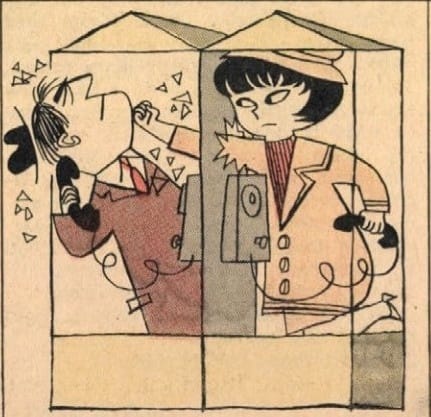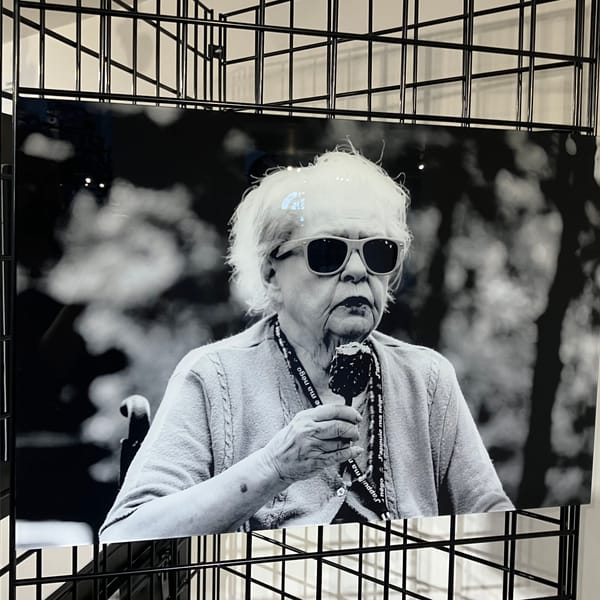Let the Japanese Fuck
Bonesetter's R E A D Y
22 April, 2023 | Osaka, Japan
I made it home fairly late - but not too late for the metro, which stops running at midnight. On the short walk back, I decided to take a picture of the canal I’ll be crossing basically every outing.

This is Dōtonbori. It was designated as the theater/arts district by the Shogunate over 400 years ago and after the city was completely demolished by repeated war crimes (indiscriminate mass bombings by the US in 1944-45) it transformed an area most known for Kuidaore.
Kuidaore (食い倒れ) is a Japanese word meaning to ruin oneself [go bankrupt] by extravagant spending on food or, more pithily, "eat until you drop". It is sometimes romanised as cuidaore, and is part of a larger proverb: "Ruin yourself with fashions in Kyoto, ruin yourself with meals in Osaka" (「京都の着倒れ、大阪の食い倒れ」), reflecting local priorities (and artistry) in the clothing and food of Kyoto and Osaka, respectively.
In the morning, my venture out to this southern direction was rewarded with overwhelming humanity - both of the tourist variety and quite a few locals. The area appeared to be popular for younger students in particular.
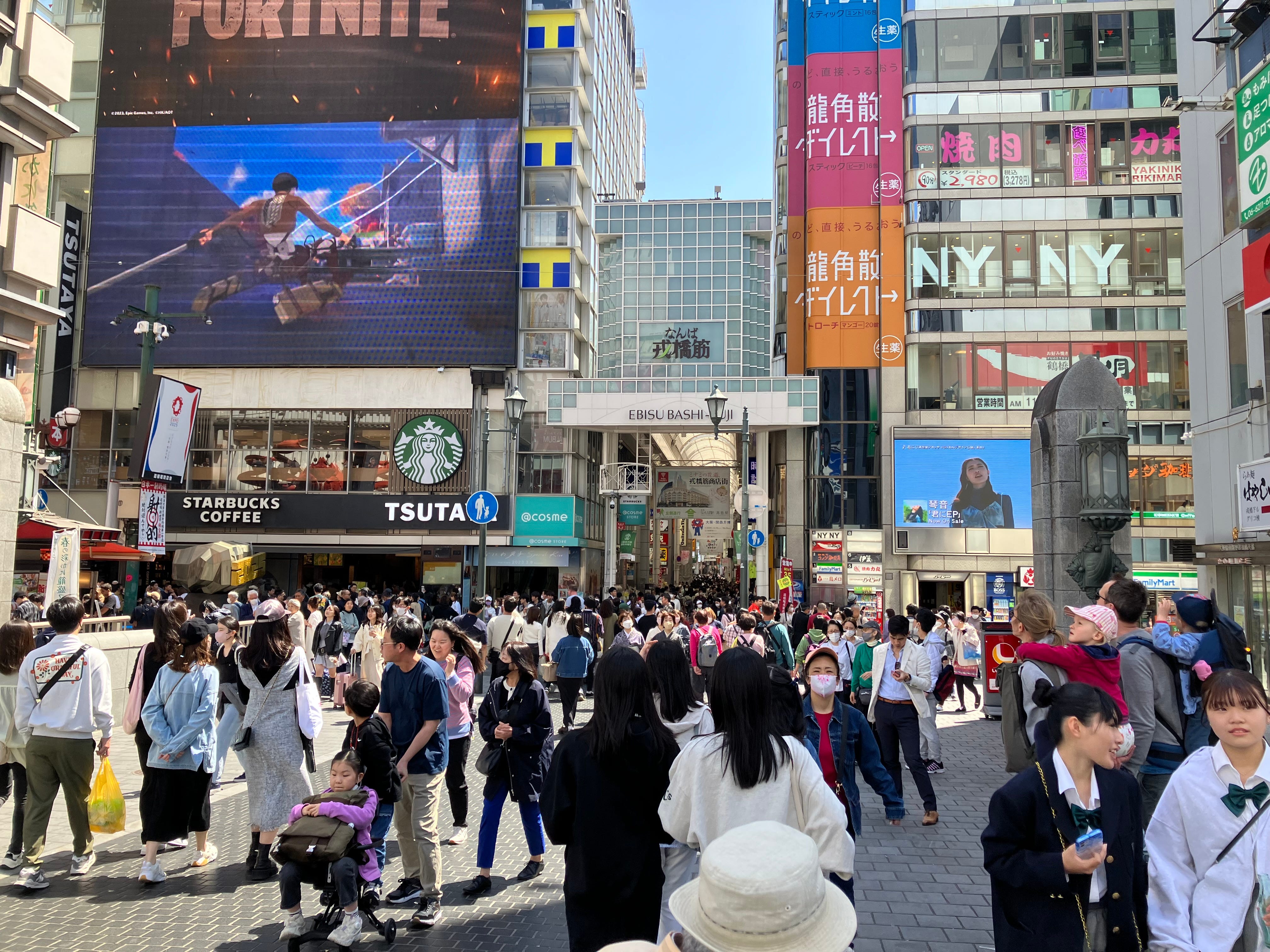
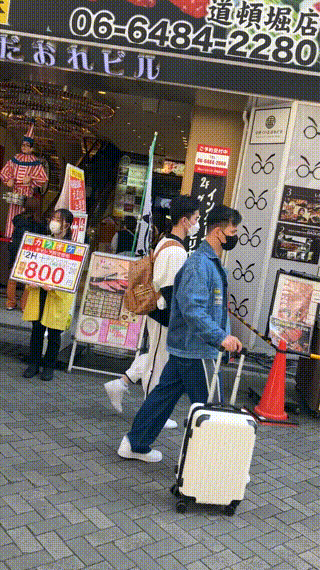
Japan has been suffering through a deflationary liquidity trap that has turned its “lost decade” of low growth despite a moderately loose monetary policy into what appears to be headed for a “lost” half century. Contributory factors include a rapidly aging population, low immigration, and increased export competition from China, Vietnam, etc. This, combined with a very favorable exchange rate and probably a bit less corporate gouging that is happening in the United States1, means food was very inexpensive relative to Seattle levels.
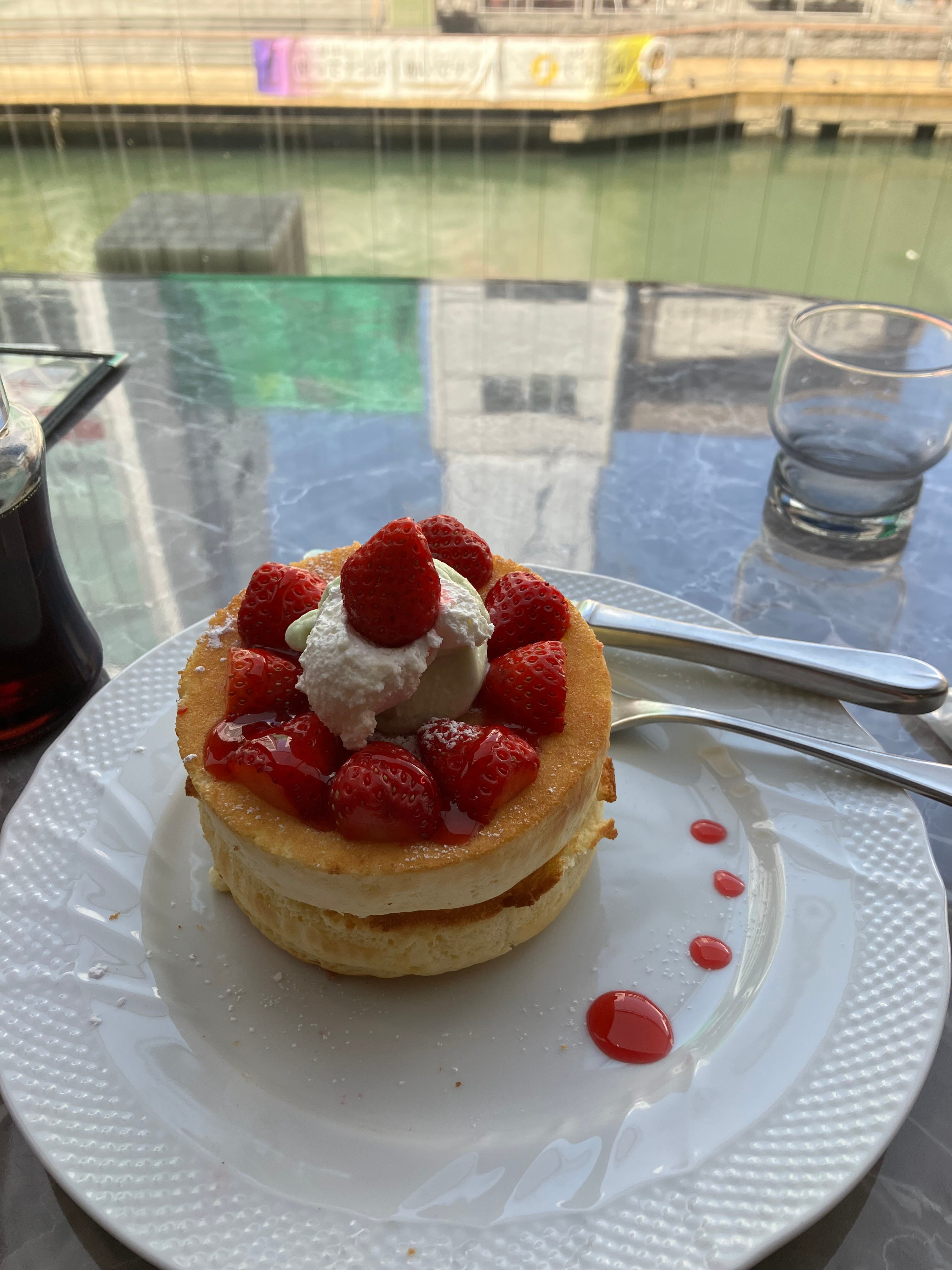
While I did go wander through Kuromon market today, I’ll save a deep dive for that area in a later post. A good portion of my day was spent in or around a walking/food tour (I could not find a bike tour).
The first thing we did was go down a slide.

Our guide was Levi, an Israeli expat who decades ago fell in love and married a local. Joining us were three couples - Americans from Los Angeles and San Franciso and some some older folks from Cape Town.
A lot of Japanese cuisine starts with a base of dashi, a broth produced by simmering edible kelp with preserved fermented fish shavings. One of our first stops was a grocery store where Levi described the process and showed us the ingredients.
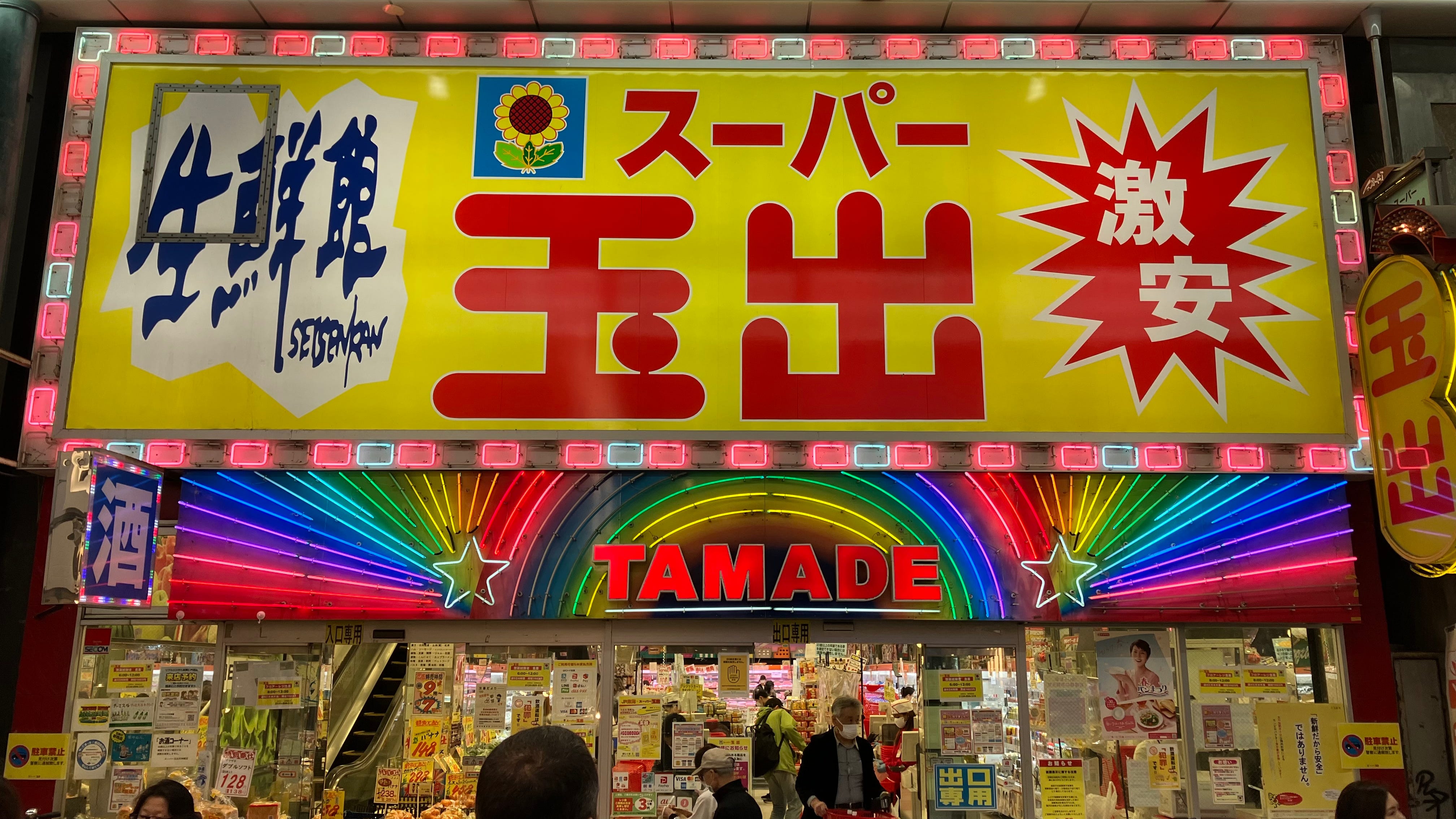
But now is the time in every first-time-tourist-to-Japan life where we need to talk about the love hotels. I mean, we probably don’t need to, but they are interesting and (the outside of) one was our third stop.
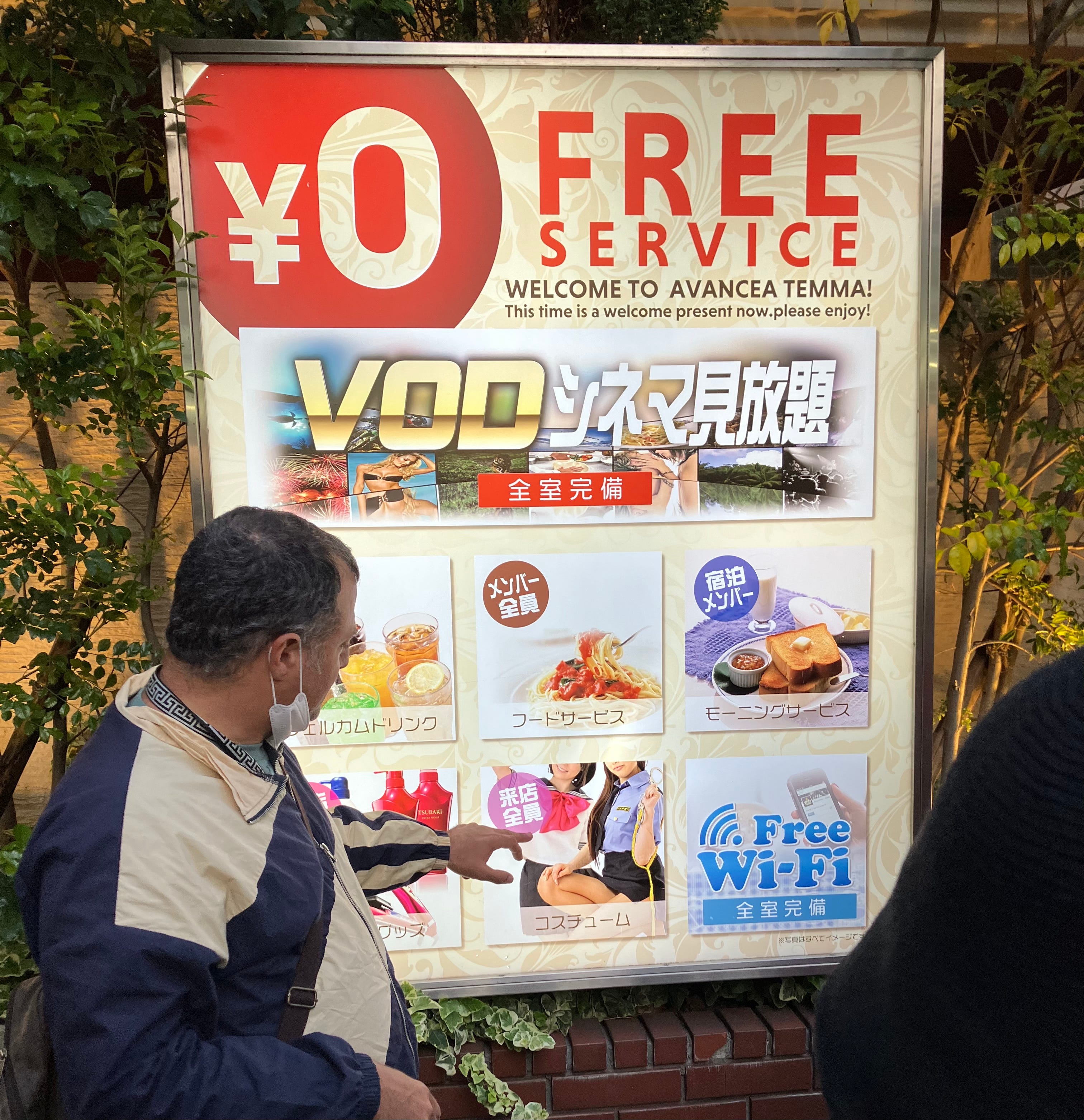
Japanese love hotels (of course there is an emoji 🏩) are a solution to the simple problem of space in large, dense cities where homes are often communal and discretion and privacy are not necessarily easy to come by - especially in multi-generational homes. I mentioned this same issue briefly when talking about the onsen. They are mostly advertised to women and tend to be used frequently by married couples. Government policy has been mixed on this; despite the low birthrate, these places have suffered from crackdowns even as the official party line has been very pro procreation:
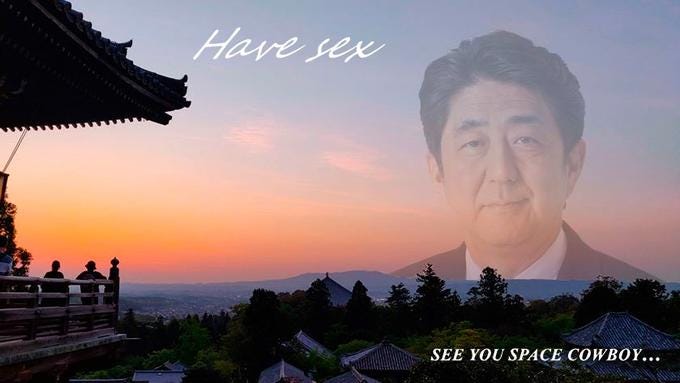
Anyway, a few more quick highlights before I run out of space.
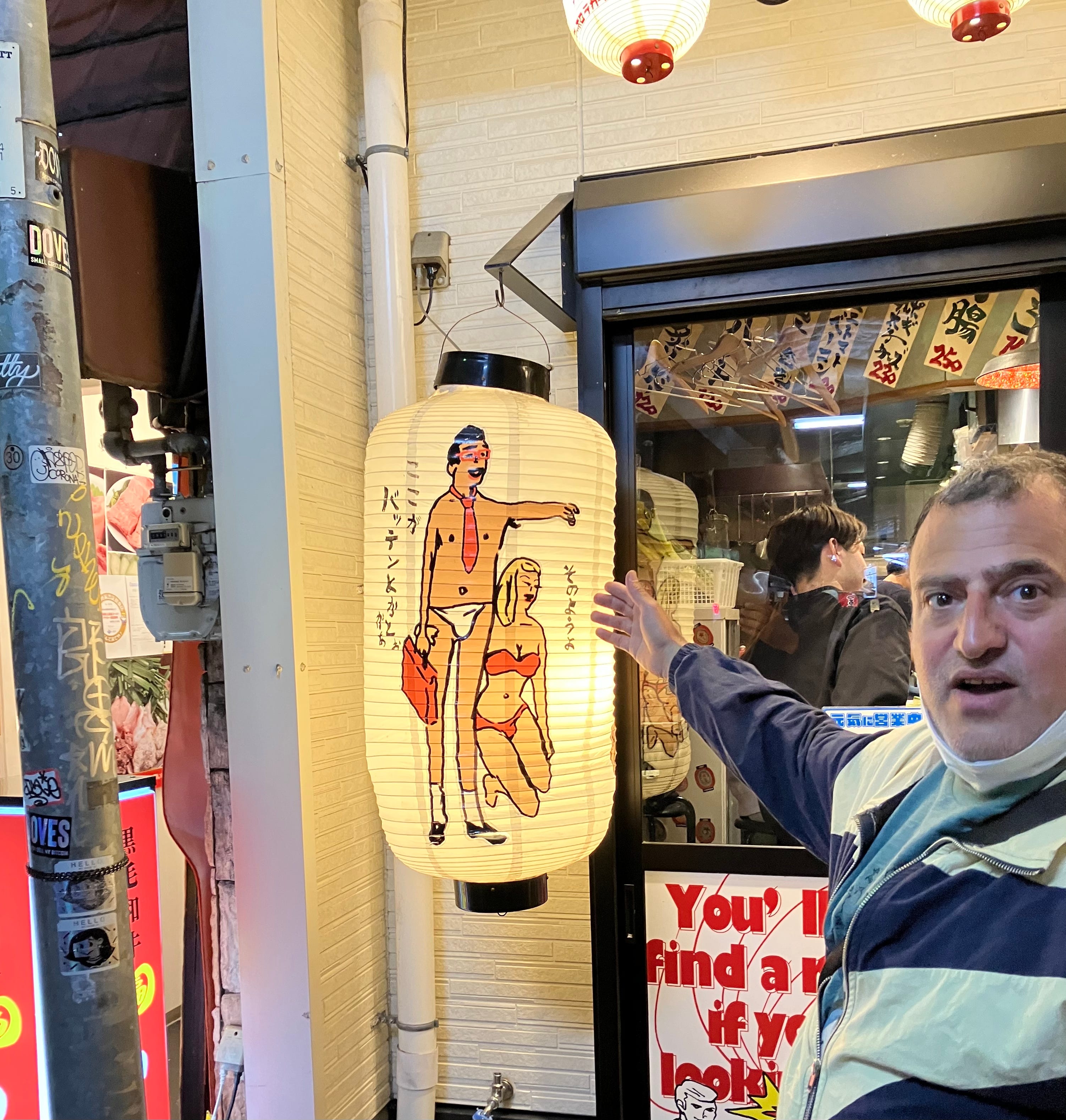
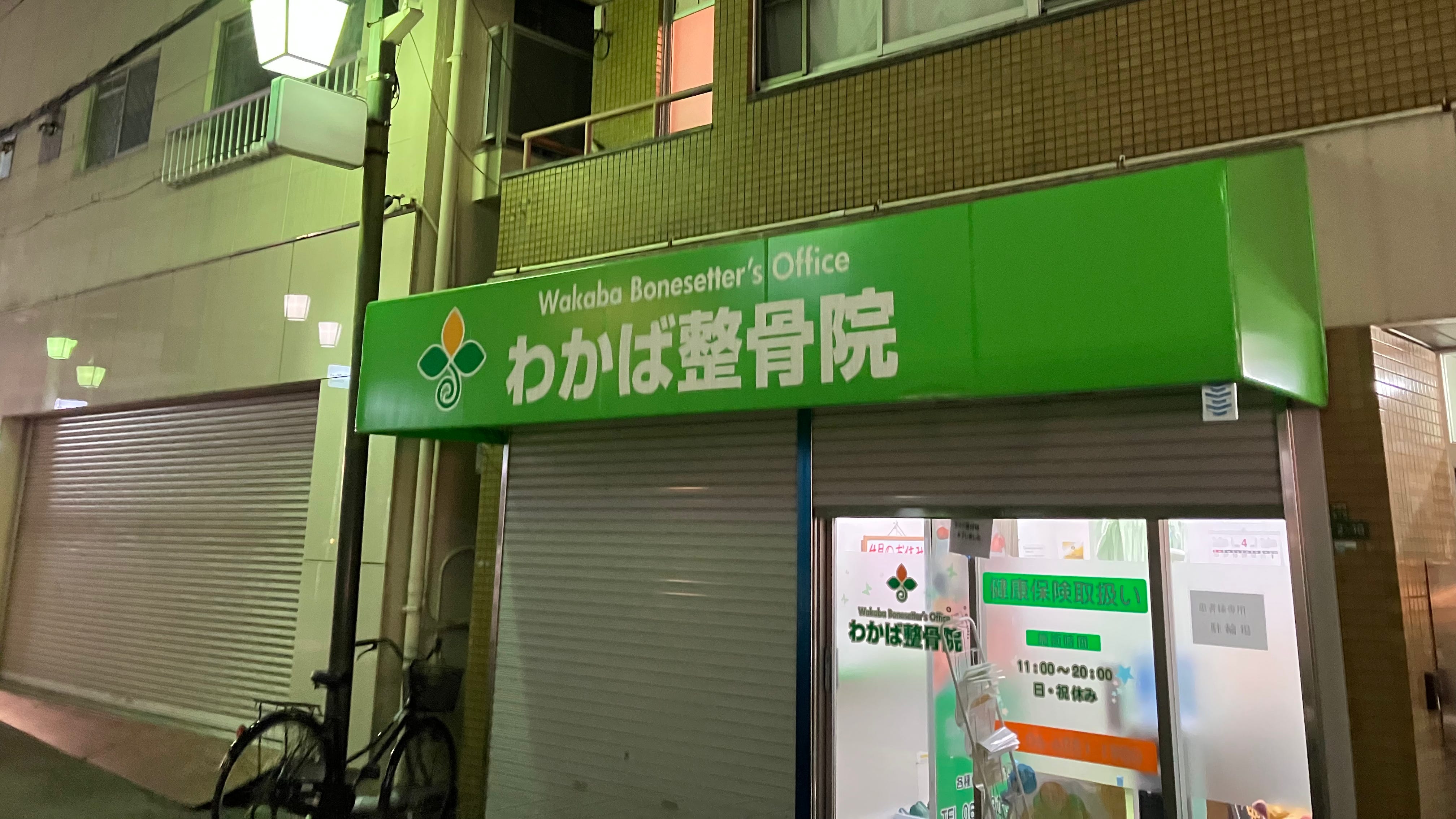
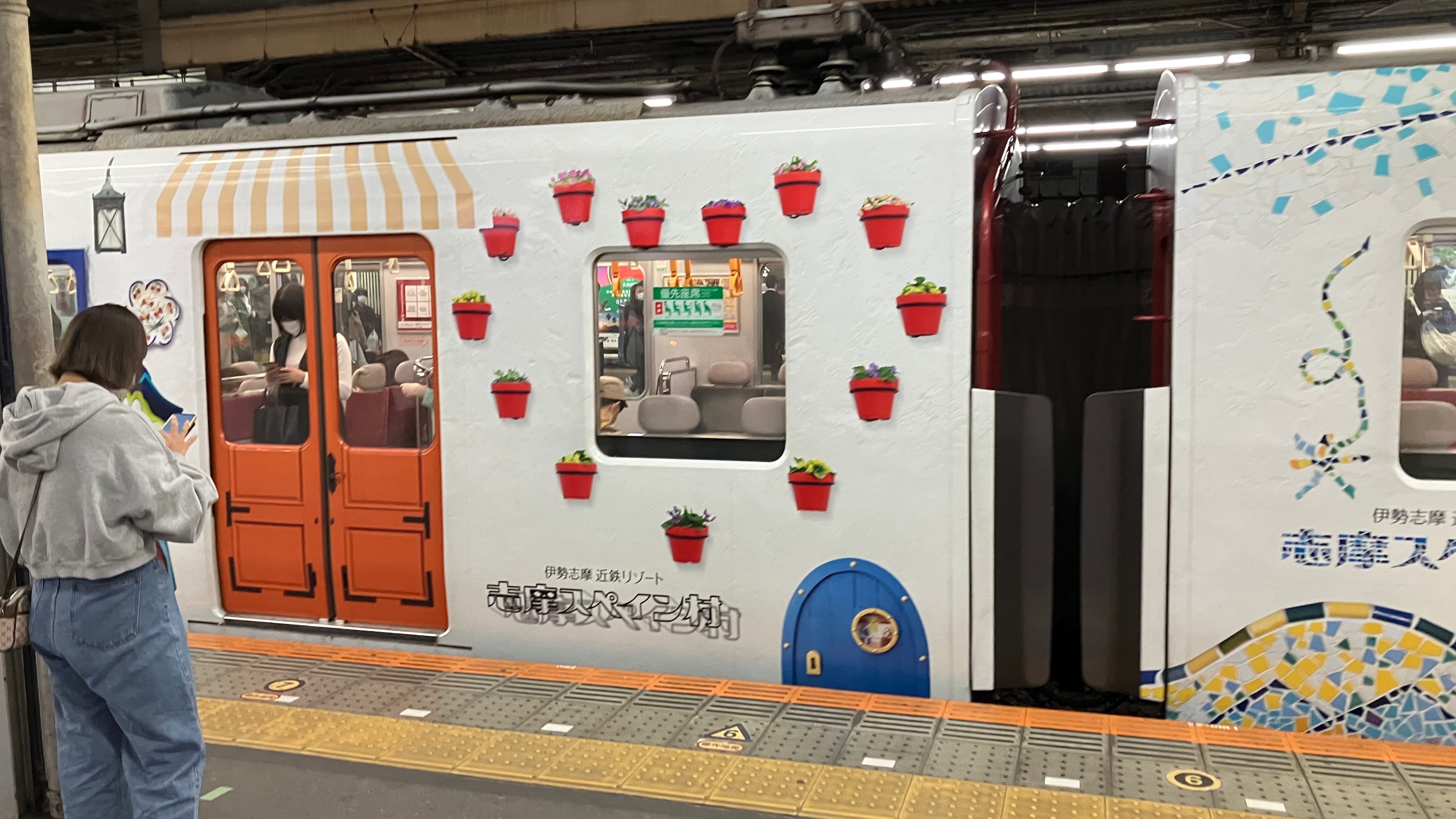
Even the right wing Wall Street Journal is getting there on this topic. Turns out maybe increasingly monopolistic corporate consolidation is not good? ↩

